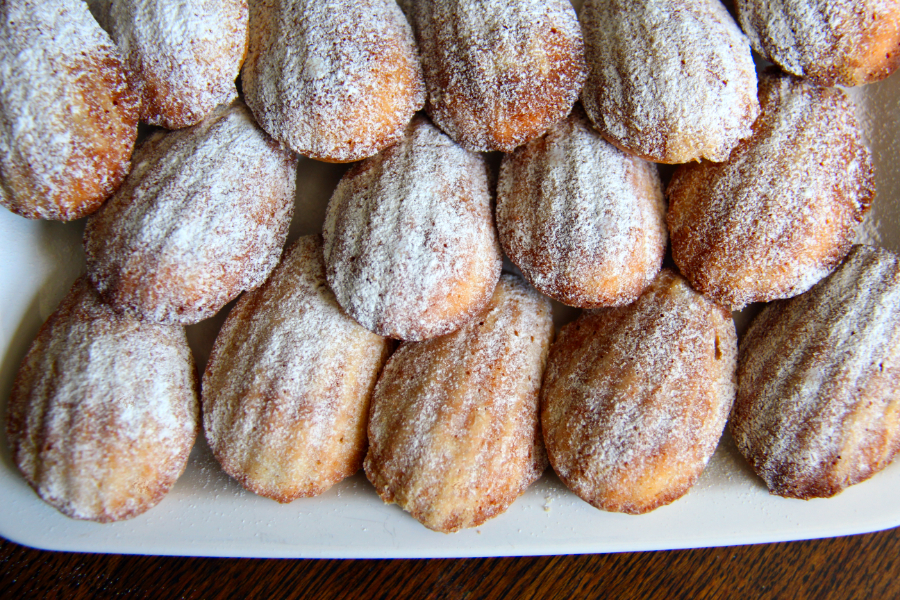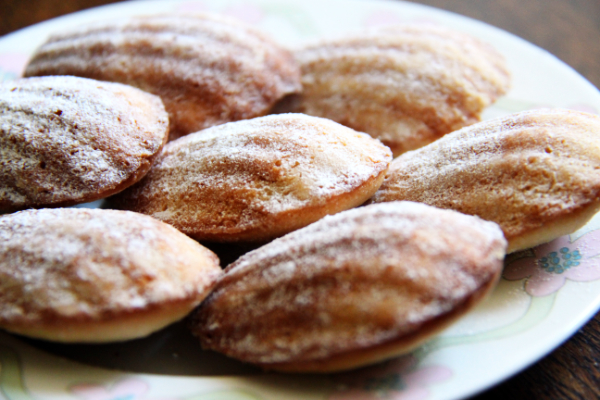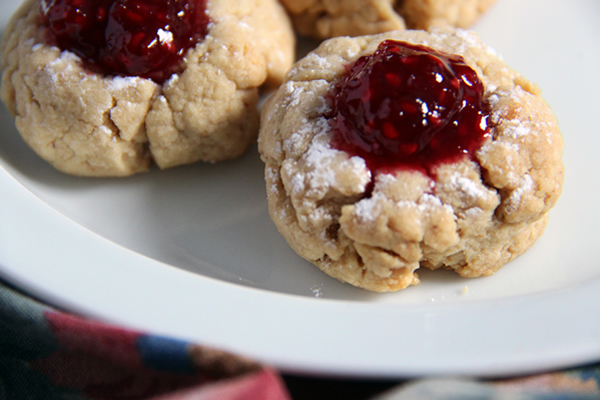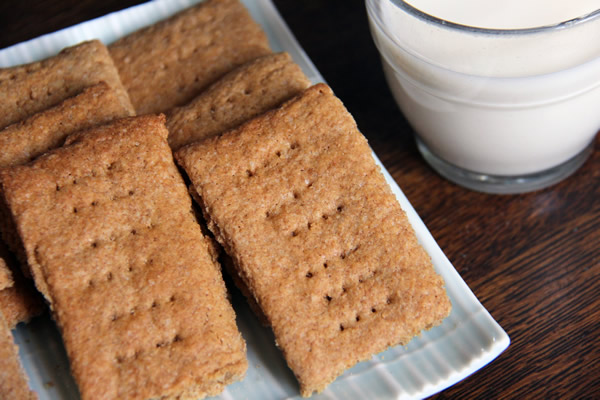In the early 1900s, author Marcel Proust wrote 1,267,069 words in his seven-volume masterpiece In Search of Lost Time. And yet “madeleine” is the word that made him famous.
Madeleines, little tea cakes baked in scallop molds, have been delighting the French since the 18th Century. And it was Proust who made them popular worldwide.
She [my mother] sent out for one of those short, plump little cakes called ‘petites madeleines,’ which look as though they had been moulded in the fluted scallop of a pilgrim’s shell….And once I had recognized the taste of the crumb of madeleine soaked in her decoction of lime-flowers which my aunt used to give me…the whole of Combray and of its surroundings, taking their proper shapes and growing solid, sprang into being, town and gardens alike, all from my cup of tea.
– Marcel Proust, In Search of Lost Time
For him, one mouthful of the cake dipped in tea triggered vivid childhood memories. His account marked a new understanding of the human mind, so significant that neuroscientists dubbed the type of recall set off by taste and smell “The Proust Phenomenon.”
Oddly, an early draft of the book featured toast with honey as the memory-jogger. Better that he chose these curvy little French cakes. Their dense, moist crumb and luscious buttery-crisp edges deserve to be at the core of beautiful memories.
Madeleines may look intricate, but they’re easy to make. A molded pan does all the work. While Proust’s aunt probably paid a pretty franc for her tin scallop molds, we can find a high-performance, budget-friendly nonstick madeleine pan online in just a few clicks.
Here are Julia Child’s madeleines, which she claimed are the “true madeleine from Commercy, the one Marcel Proust dipped in his tea.” We dared to adapt her recipe to intensify the flavors, but we didn’t mess with her technique. Her method of blending ingredients, cooling melted butter, and even prepping the pan works like a charm.
In fact, painting the little grooves with a blend of melted butter and flour prevents sticking so well that we now coat the nooks and crannies of bundt pans with this miracle paste.
But what about the characteristic “hump” on the back, something you may have heard about from madeleine enthusiasts? To get a hump, it helps to refrigerate the pan and batter before baking, and to drop the batter as a lump in the center of the well. And many recipes call for baking powder to create the puffy center. But “true madeleines” have none. Paris-based chef and author David Lebovitz says that for the purist, “baking powder shouldn’t even be in the same room with madeleines.”
Now we don’t mean to get you all in a twist about the hump. Frankly, we don’t like the way a humped madeleine wobbles on the plate. So we tend to spread out the dough in the mold to get a gentler dome. Hump or no hump, the madeleine tastes just as good.
Dust with confectioners sugar, dip in chocolate, glaze with lemon—Julia Child’s madeleines like to dress up for special occasions. Serve with fruit, ice cream, or sorbet. Or just dip them in tea as Proust did. And you’ll be on your way to making new memories, ones you’ll be happy to trigger with a bite of a buttery little French cake.
Julia Child’s Madeleines
Adapted from Julia Child’s The Way to Cook
Makes 24 madeleines using a standard sized pan. One pan is enough—just rinse it in cool water and wipe dry between batches.
- 2 eggs
- ⅔ cup sugar
- 1 cup all-purpose flour, plus 1 tablespoon for coating molds
- 1¼ sticks butter (10 tablespoons), salted or unsalted, cut into 6 chunks
- A pinch of salt (omit if using salted butter)
- Grated rind of one small lemon
- 1 teaspoon fresh lemon juice
- 1-2 teaspoons vanilla extract
- Confectioners sugar, for dusting
- Beat eggs lightly in a measuring cup. Pour ¼ cup of the eggs into a bowl, then beat in the sugar and one cup of flour. If it’s too dry to come together, add a little more egg. When thoroughly blended, let rest 10 minutes.
- Meanwhile, melt butter in a saucepan, bring to a boil, and let brown lightly (about 10 minutes). Remove from heat.
- Spoon 1 tablespoon of flour into a small bowl and blend in 1½ tablespoons of the browned butter. Set aside for prepping the madeleine pan.
- Place the saucepan with the remaining melted butter into a large bowl filled with ice water, careful to keep the water bath from splashing into the pan. Stir butter until it cools but stays liquid.
- Pour cooled butter and the last of the eggs into the batter. Add the salt (if using), lemon rind and juice, and vanilla. Beat until smooth.
- Preheat the oven to 375°F.
- Paint the madeleine molds with the reserved butter-flour paste. Divide the batter into 24 lumps (about a generous tablespoon each). Drop lumps into the molds, setting aside any you may need to bake in the next batch.
- Bake about 15 minutes at 375°, until cakes lightly brown around the edges and slightly shrink in the molds. The centers should be firm to the touch, and the tops may “hump.”
- Turn cakes out onto a rack. Rinse and dry the pan if needed for more batches, and bake any remaining lumps.
- When madeleines have cooled, turn shell-side-up and dust with confectioners sugar. Store in an airtight container in the refrigerator, or freeze.








